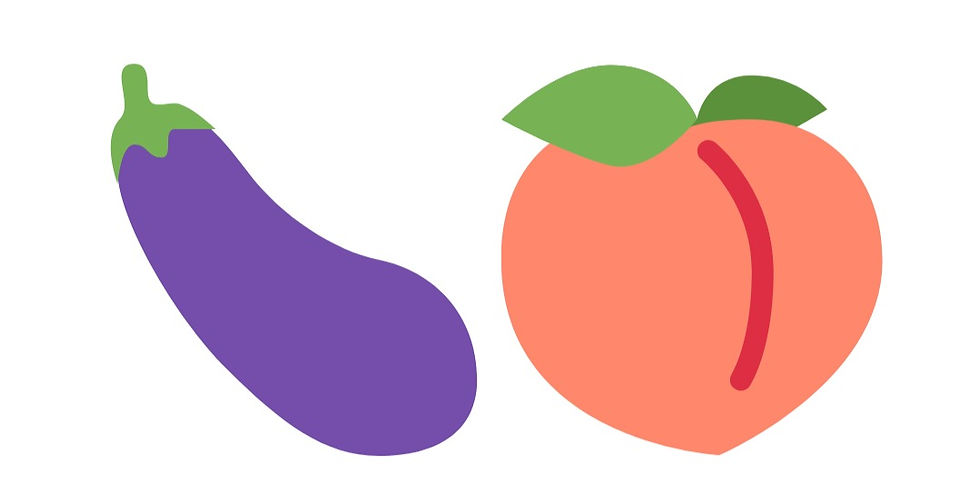
Emojis are appearing in United States court cases more and more every year.
Attorneys and judges are grappling with how to interpret emojis (there are over 3,600 of them!) and adapt them to existing legal principles. Even with the exponential increase in their appearance, many courts have not yet had to deal with them, and there are no court guidelines on how to do so. But when 92 percent of the online population uses emojis and over 10 billion are sent out each day, communications containing emojis are bound to end up in court sooner or later (Zoom Info).
While some judges have argued to omit emojis as evidence and only examine the words, they are often crucial to the accurate interpretation of communication. One emoji can mean many different things depending on the context. Emojis can also change the meaning of the surrounding text.
Here are some of the situations in which emojis can be easily misinterpreted:
Emojis Unaccompanied by Text
When emojis are used without text, they can be even more easily misinterpreted, according to CNN’s reporting of ABI Research analyst Stephanie Tomsett. Courts need context clues to determine the intended meaning of emojis. Therefore, according to Tomsett, emojis cannot be considered a universal language.

Joking/Sarcasm
The “I was just joking” defense is a classic one, but it is not get-out-of-jail-free card. It does not apply to threats – you cannot shout, “Fire” in a crowded theater and then avoid consequences by saying, “I was just joking.” Similarly, with emojis, criminals may think adding an emoji to the end of a threatening text message will offer them deniability. While the Supreme Court makes it clear that freedom of speech is not limited to the spoken or written word, there has yet to be a case about the Fist Amendment protection of emojis.

Different Appearance on Different Devices
Differing personal interpretation of emojis can lead to unintentional miscommunications. In one study, participants rated emojis as positive or negative. For example, some participants reported a grinning face emoji looked “blissfully happy” on Android, but “ready to fight” on iOS.

Cultural Interpretations
Cultural norms need to be taken into consideration when interpreting emoji usage. For example, the “thumbs up” emoji may be used to show approval in the United States, but in the Middle East, “thumbs up” is considered an offensive gesture.

Jargon and Symbolism
Even though eggplants and peaches are fruits, they tend to have a different meaning in emoji form. Because of this generally adopted meaning, the use of these emojis in text messages has been successfully presented in sexual harassment cases. In honor of World Emoji Day (inspired by the fact that the calendar emoji shows July 17th) we are sharing a selection of emojis and their meanings as interpreted by a court of law from the Emoji Legal Dictionary.
The Emoji Legal Dictionary was written by Leslie Y. Garfield Tenzer and Ashley Cangro and published in the University of Pittsburgh Online Law Review.

The moral of the story: emojis are NOT a legal loophole. Think before sending that winking face!